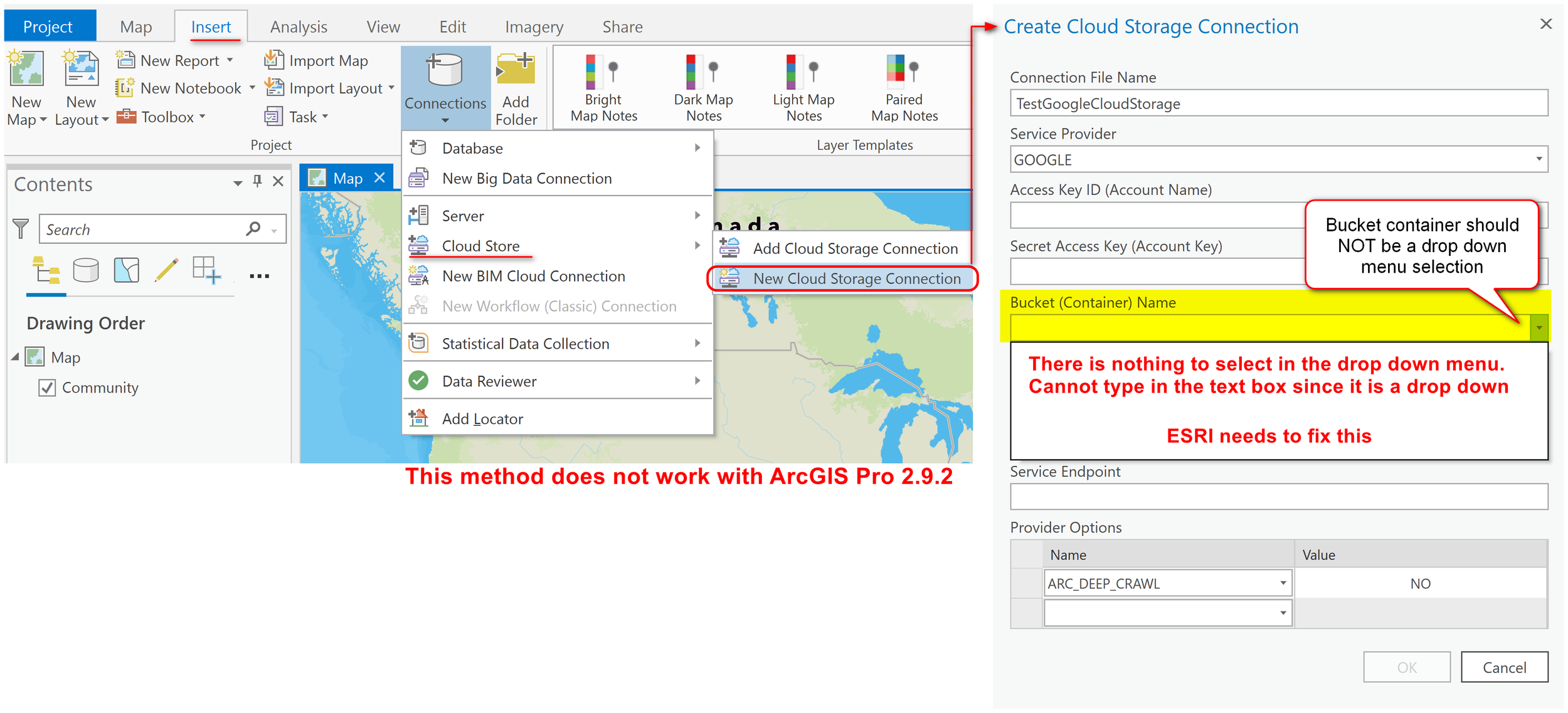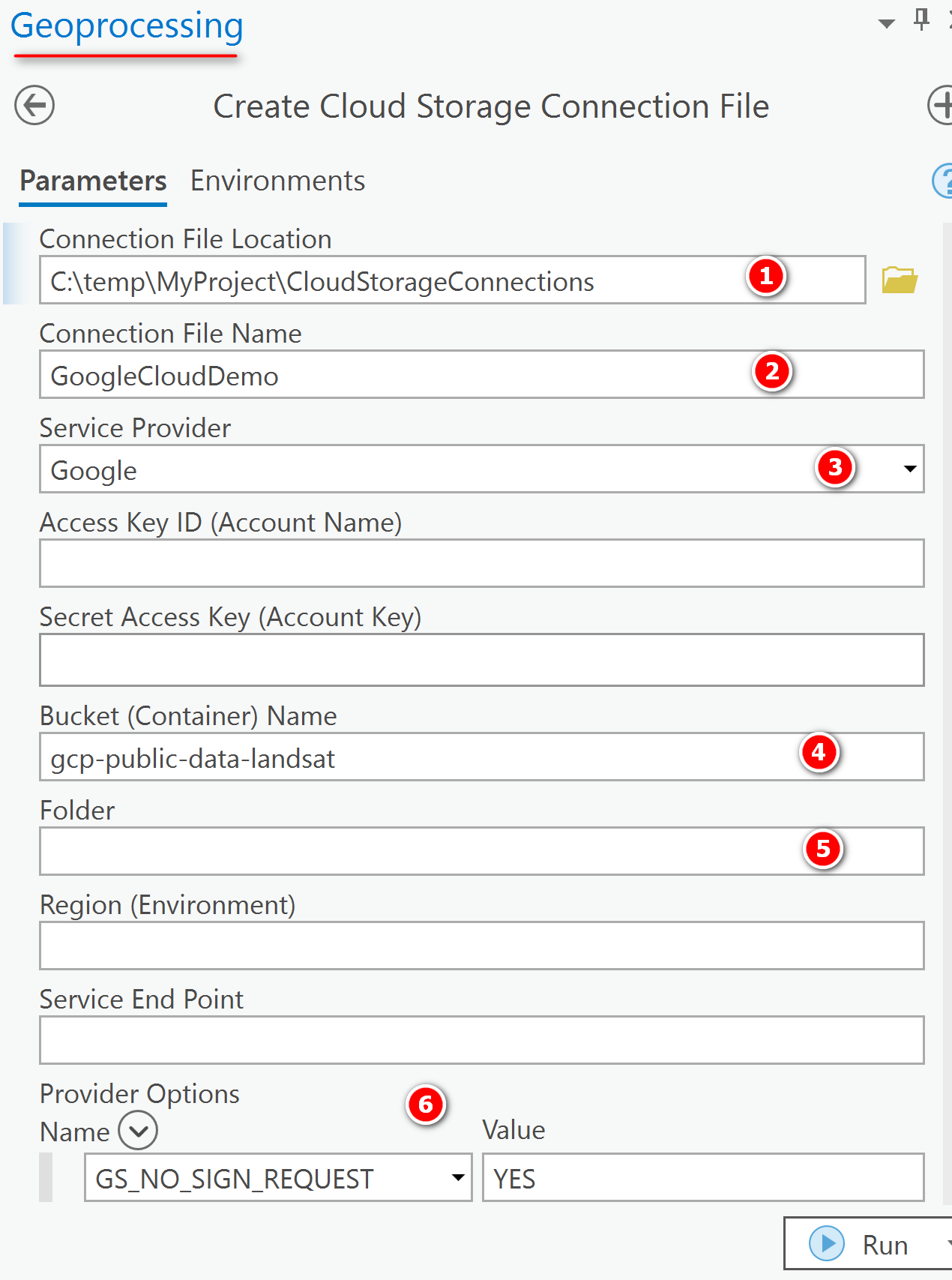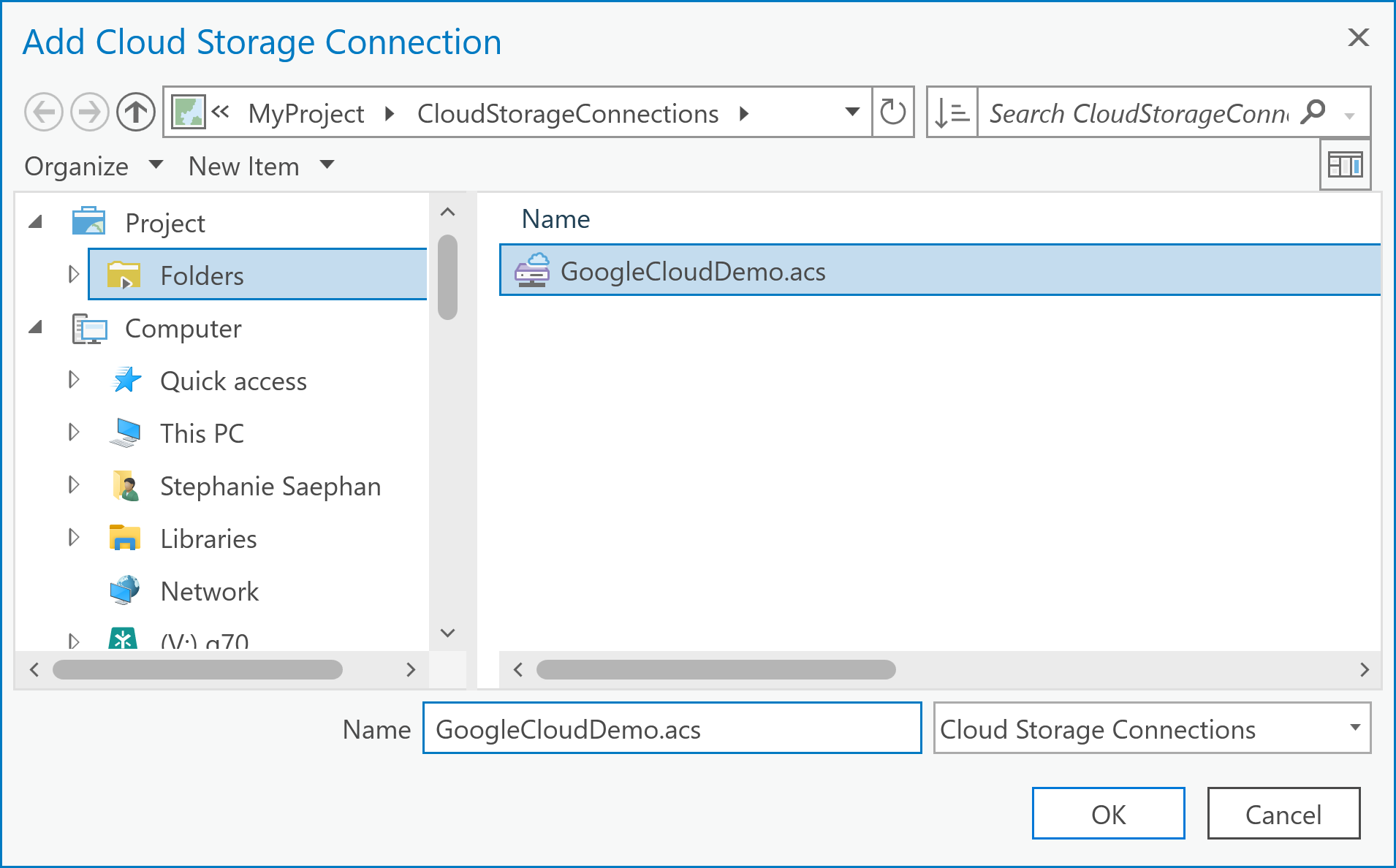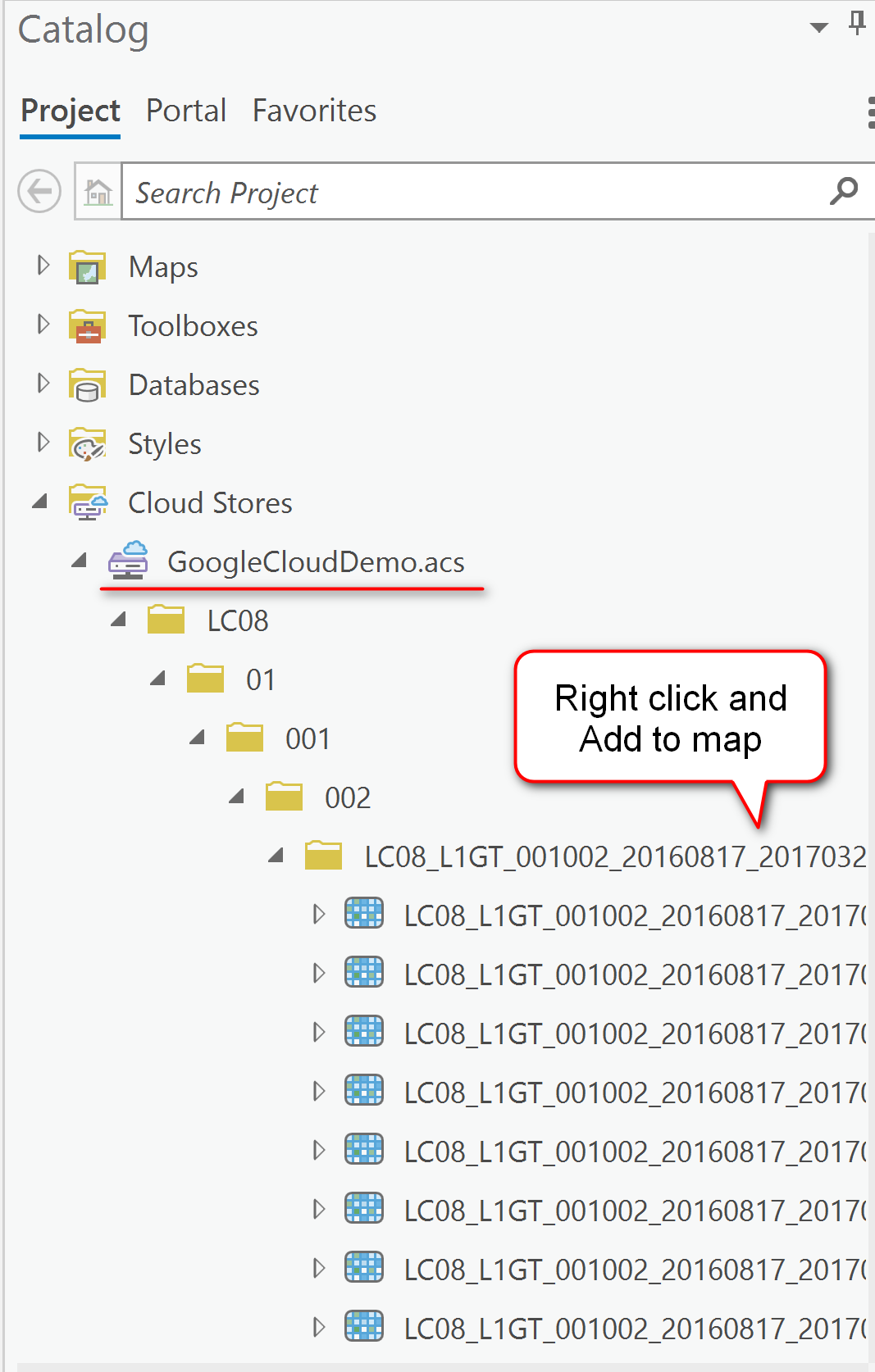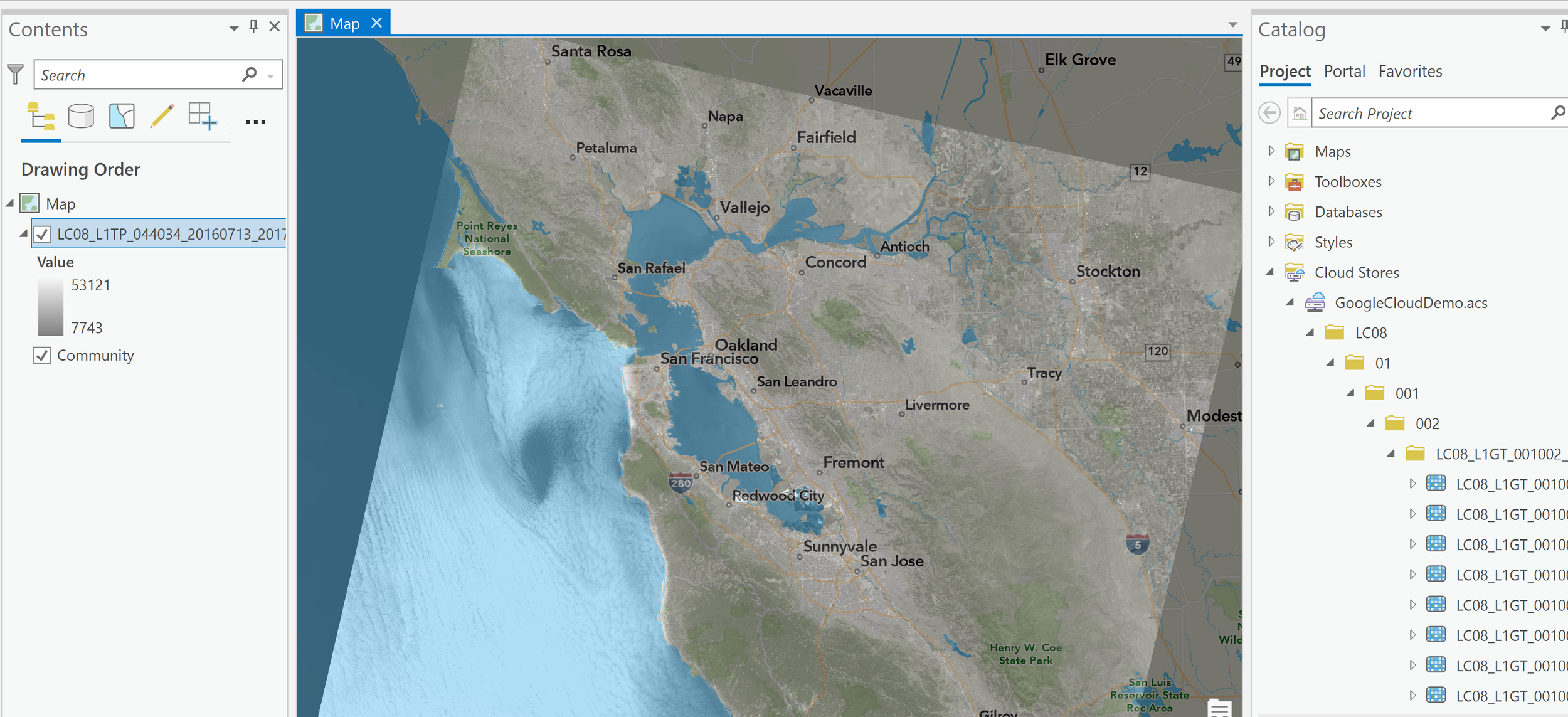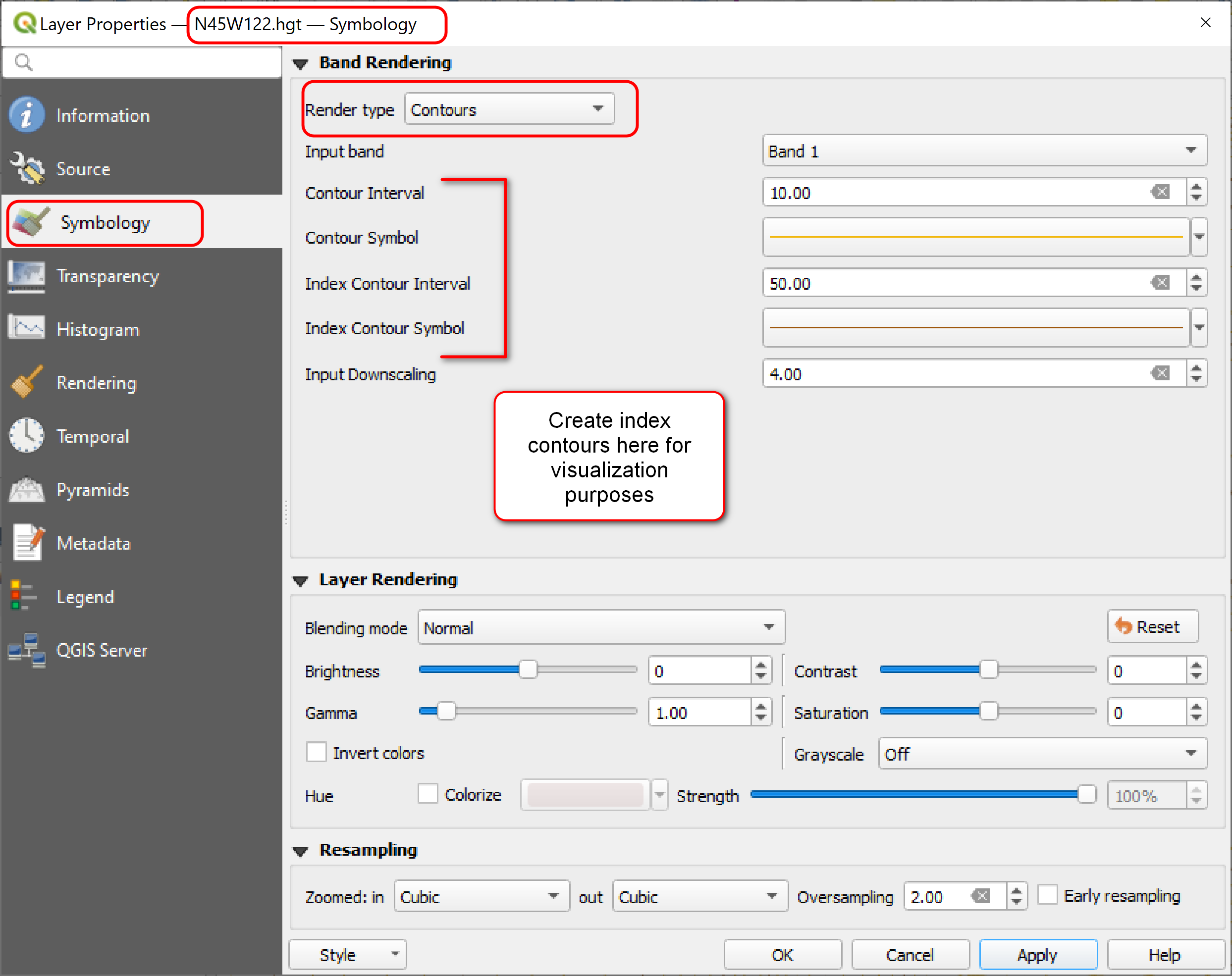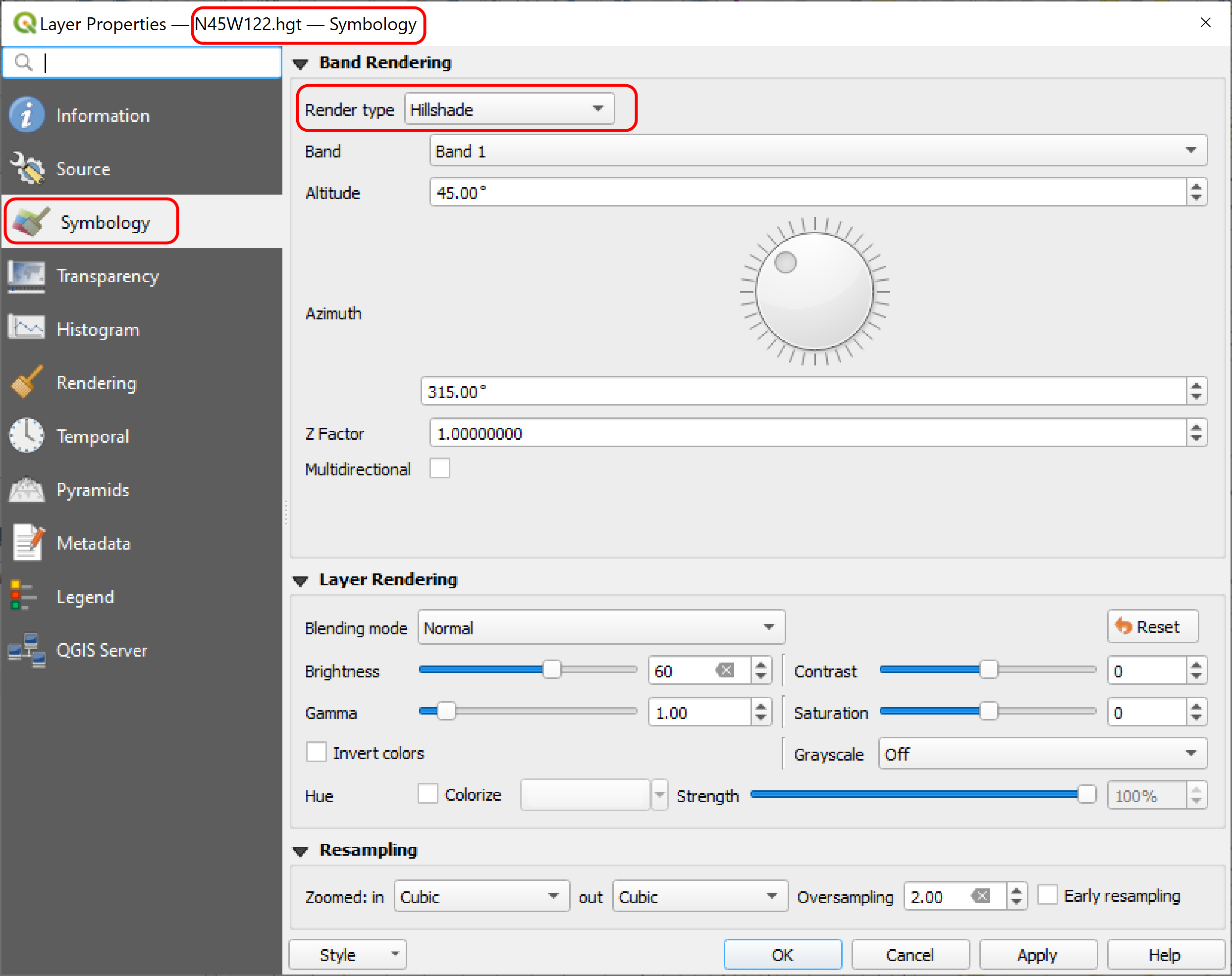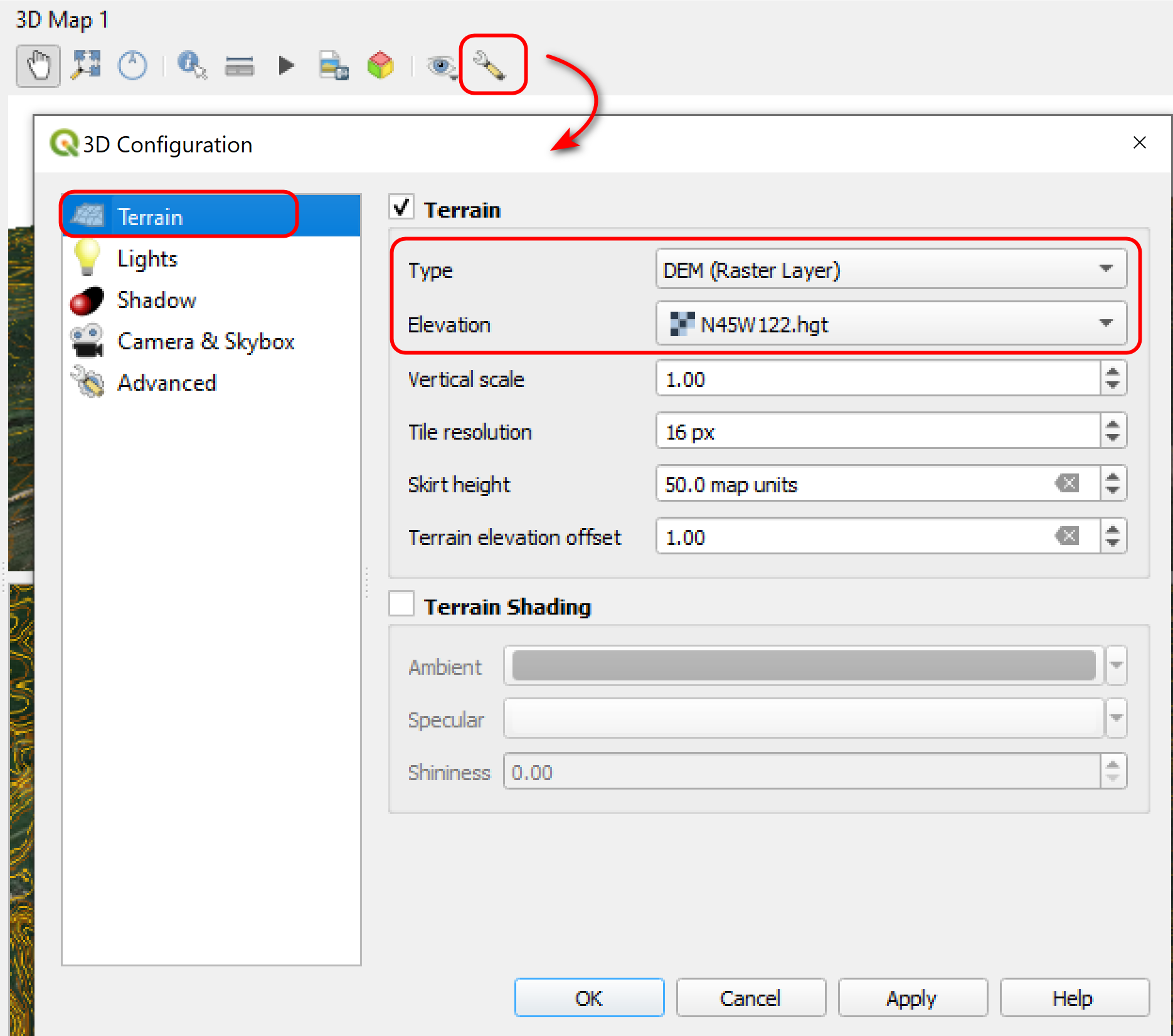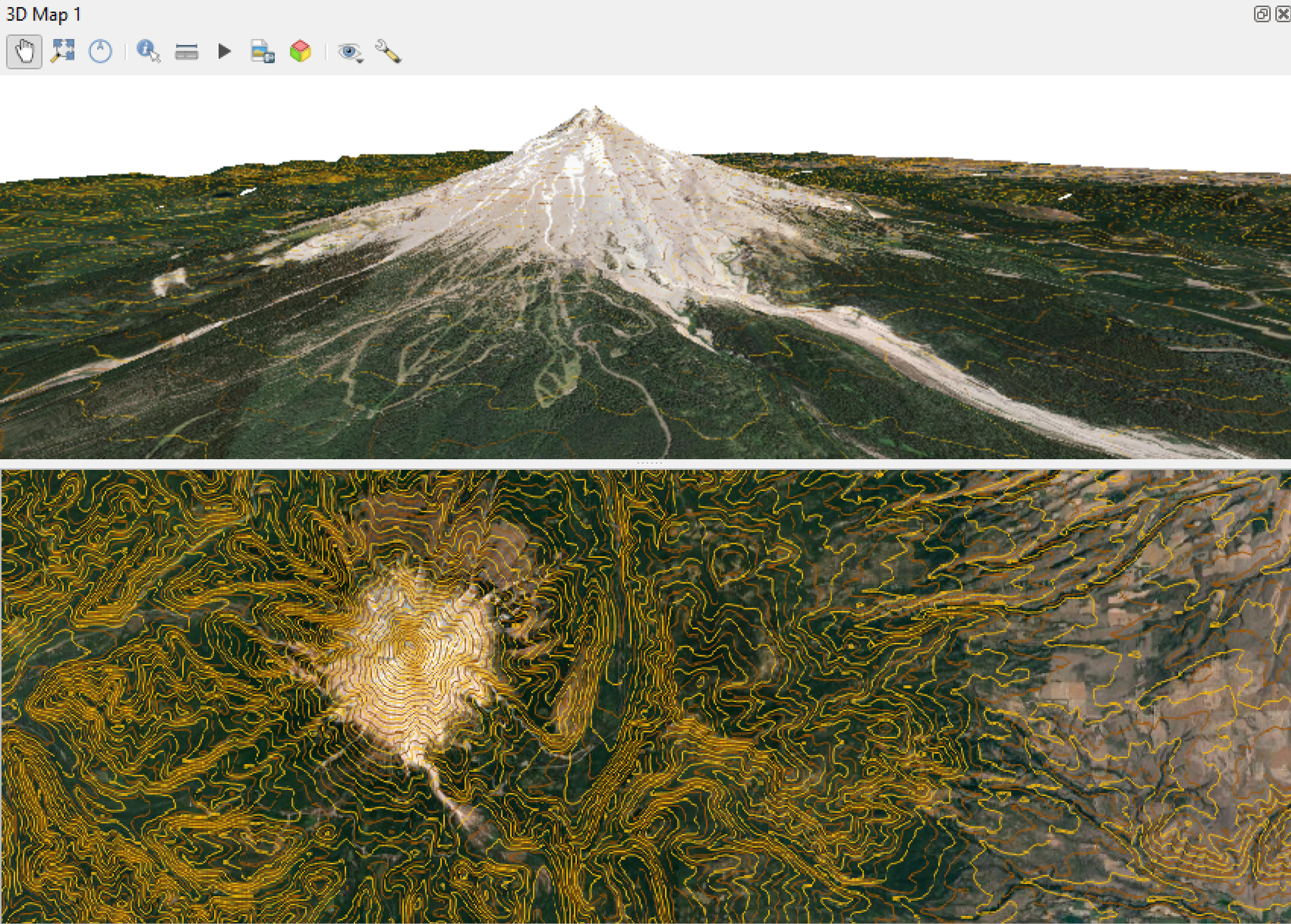This posting is for a reader from Australia who asked about how to connect to a Google Cloud Storage in ArcGIS Pro. So, here it is.
In my previous post, I wrote about how to access cloud optimized geotiffs (COGs) stored on AWS - you should be able to connect to a Google Cloud Storage as detailed in those previous posts, EXCEPT if you are using ArcGIS Pro 2.9.2. This is the version I’m using and I don’t know if this is also true with versions 2.9 and 2.9.1 as well.
ArcGIS Pro 2.9.2 — Error with New Cloud Storage Connection Tool
If you are using ArcGIS Pro 2.9.2 the Insert >> Connections >> Cloud Store >> New Cloud Storage Connection method will not work. The reason is because the text box where you input the Bucket container is a drop down menu selection - the Bucket Contain parameter should be an text box input not a drop down menu since there is nothing to select and you cannot type an input in the box. See the image for a visual explanation - this is something that ESRI should fix.
Create Cloud Storage Connection File
Since the method above doesn’t work, this is a work-around. Go to Analysis tab >> Tools to display the Geoprocessing pane. Then either search for the tool, Create Cloud Storage Connection File. This tool can also be found under Data Management Tools >> Workspace >> Create Cloud Storage Connection File.
In the Create Cloud Storage Connection File, enter your own parameters. Here is my example. I am connecting to a public Landsat imagery on Google Cloud (Bucket container is gcp-public-data-landsat). I left the Access Key ID and Secret Access Key blank since it’s a public source. Click the Run button after you fill in your options.
Add Cloud Storage Connection
After the tool has successfully create a connection file then you can add the cloud storage connect just created. There are two ways you can do add an existing cloud storage connection:
Go Insert tab >> Connections >> Add Cloud Storage Connection
In Catalog pane >> Right click on empty space >> Add Cloud Storage Connection
In the dialog window, find where you stored the connection file and add it
In the Catalog panel, navigate to your Cloud Stores connection and add in data to your map. See example below.
Here’s a look at one of the Landsat imagery from the public Google Cloud store above.
And that’s it for this post. Thanks for reading, and if you have a topic you would like me to write about let me know via email. I can’t promise anything - I like to know what my readers are interested in, and if I can help other then all the better for the GIS community.
Until next time :) Happy GIS-ing!

